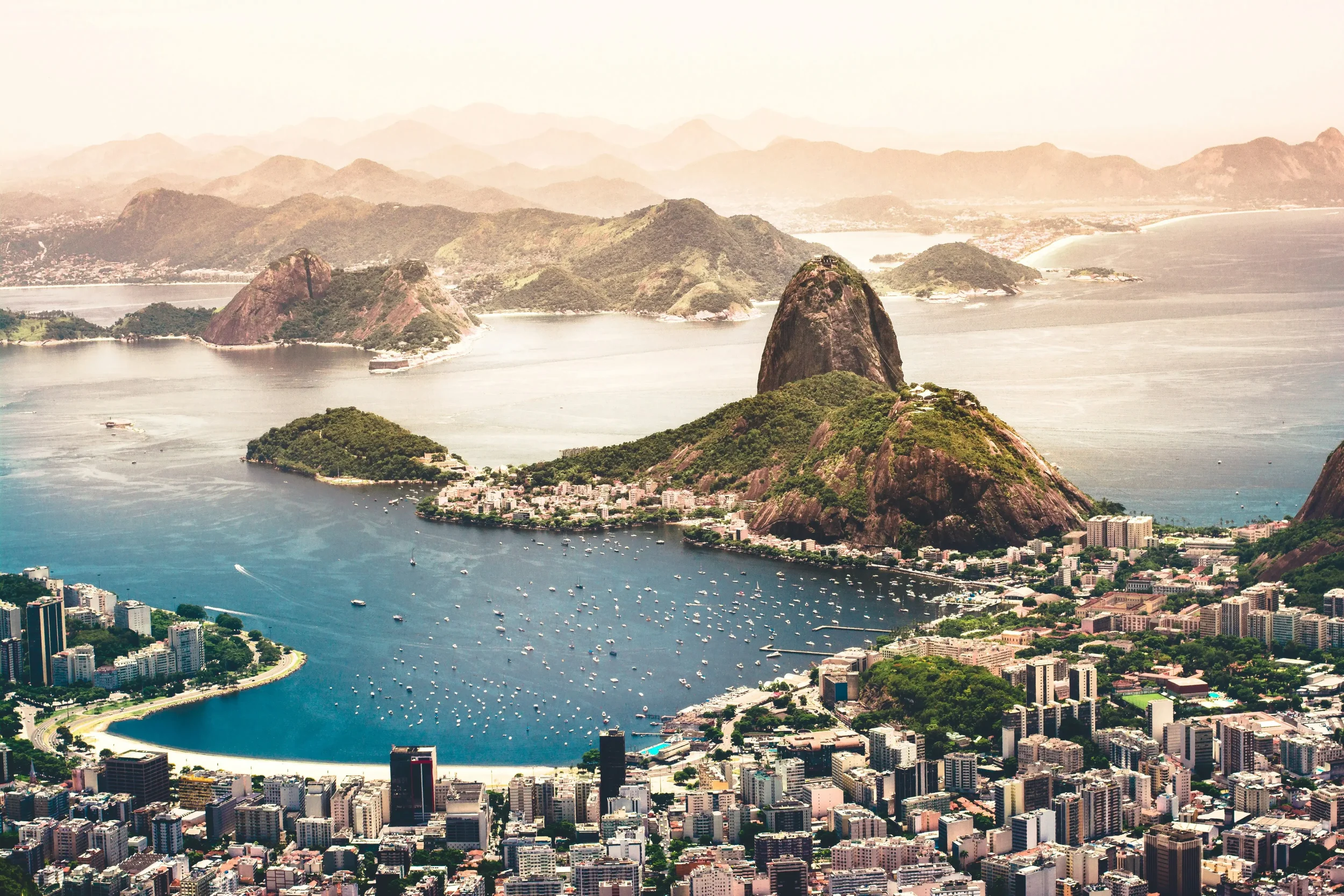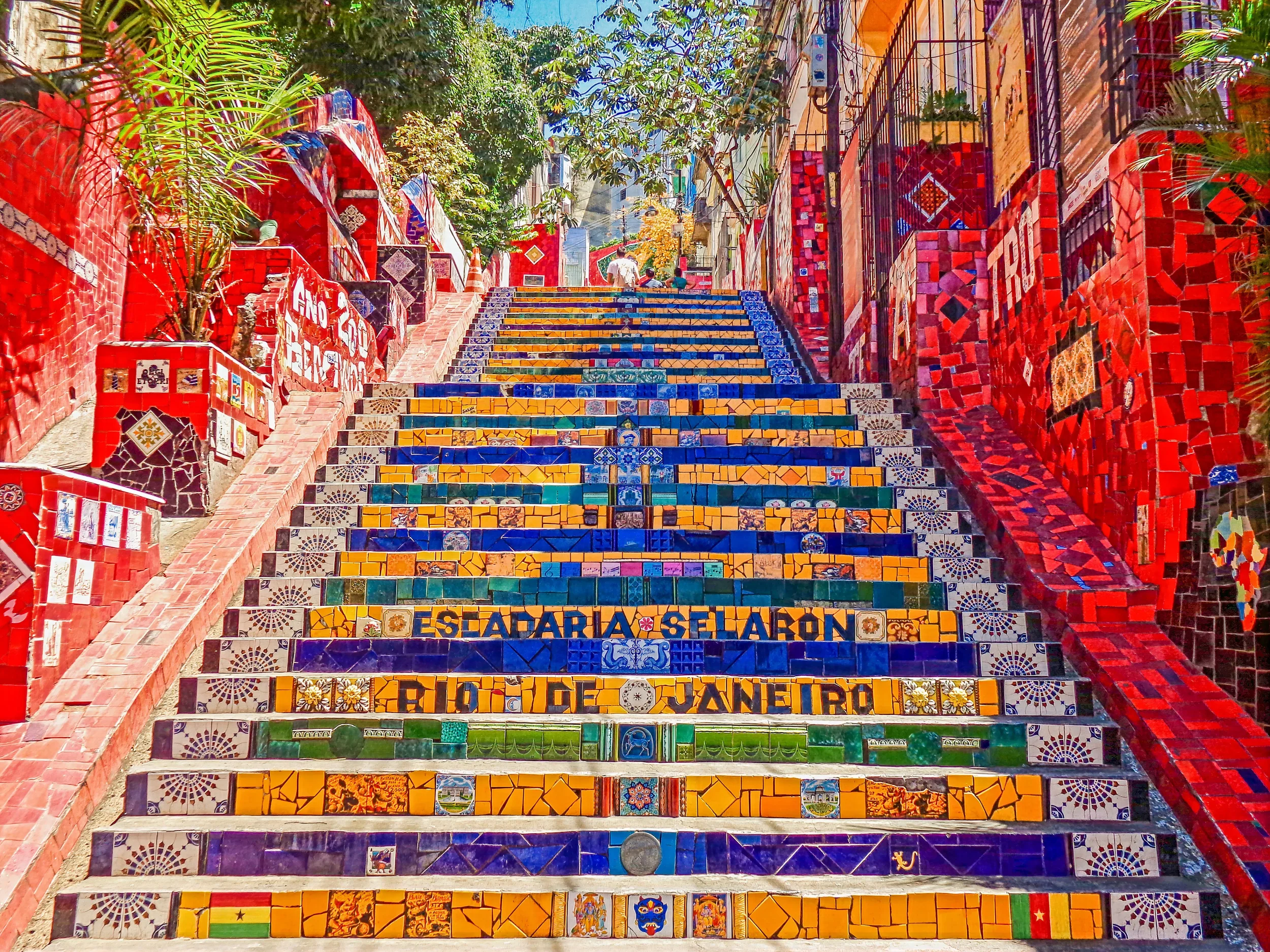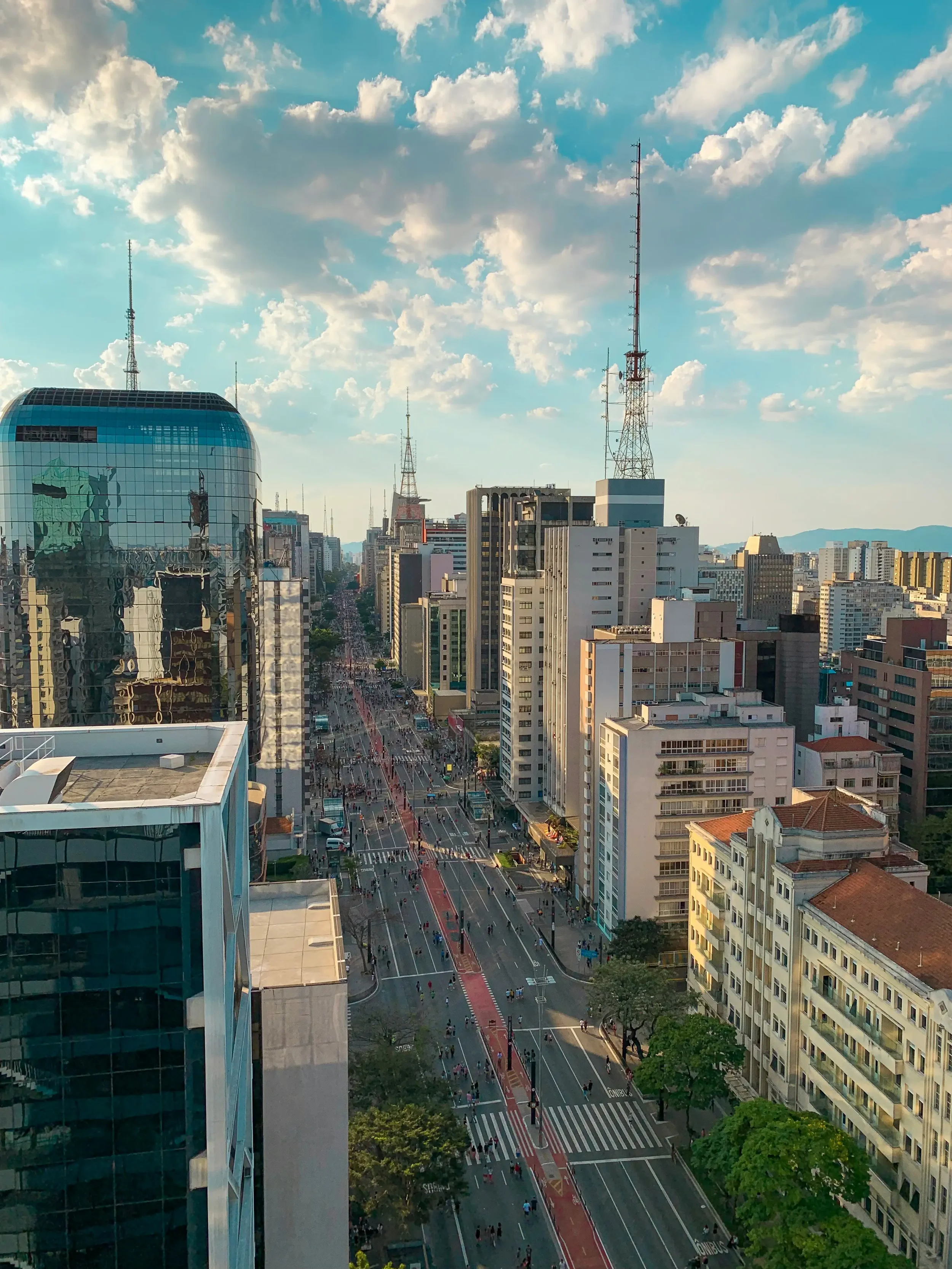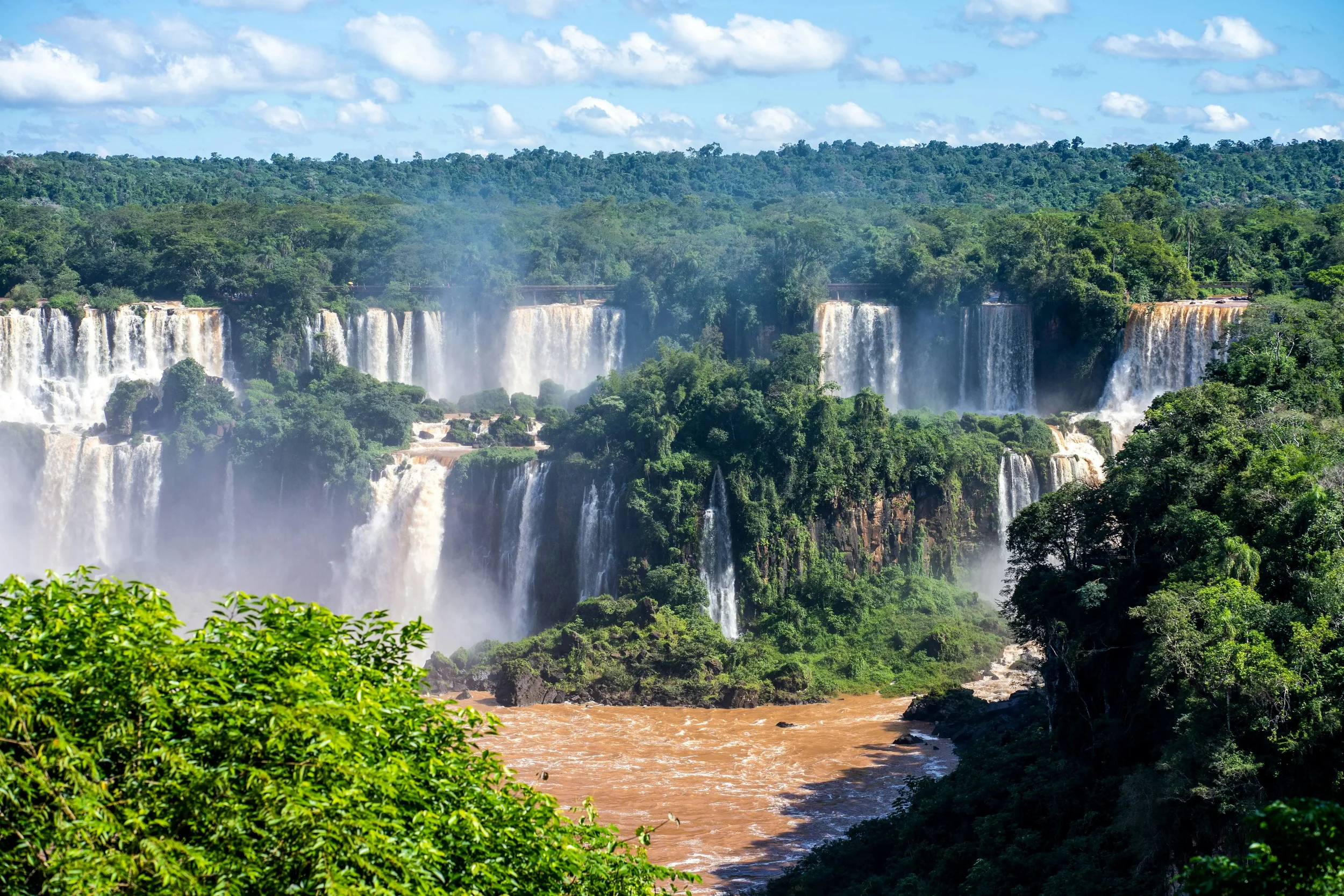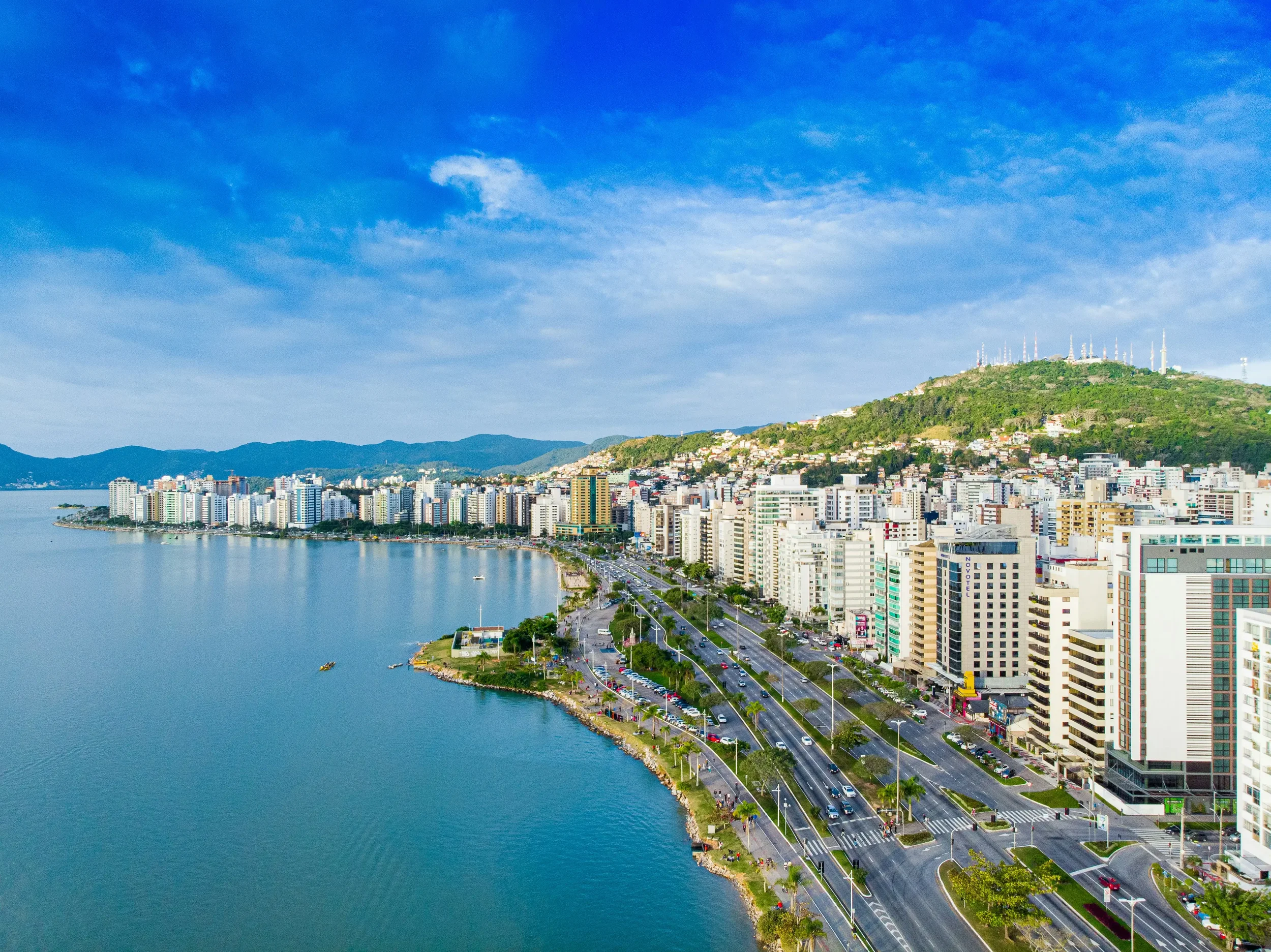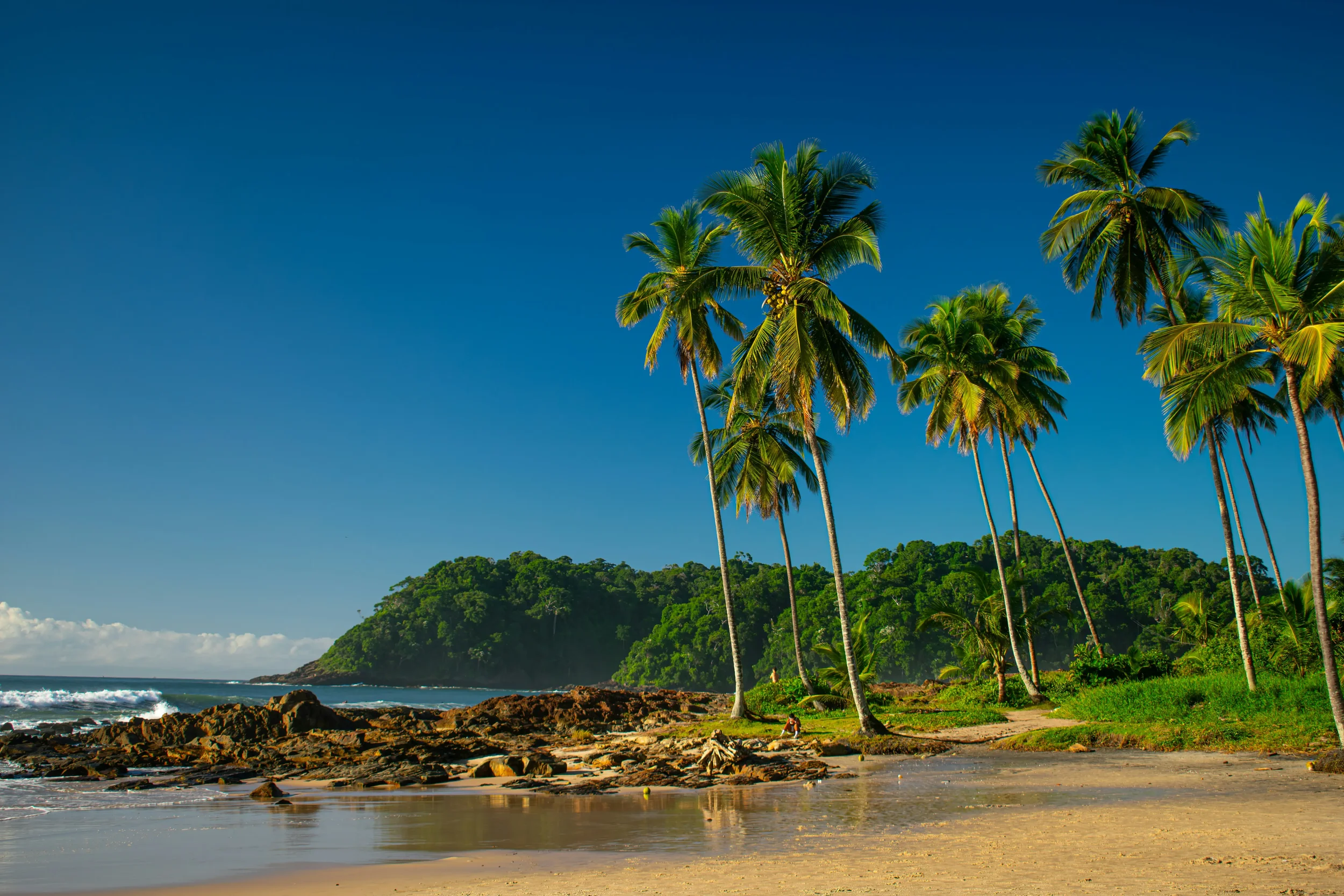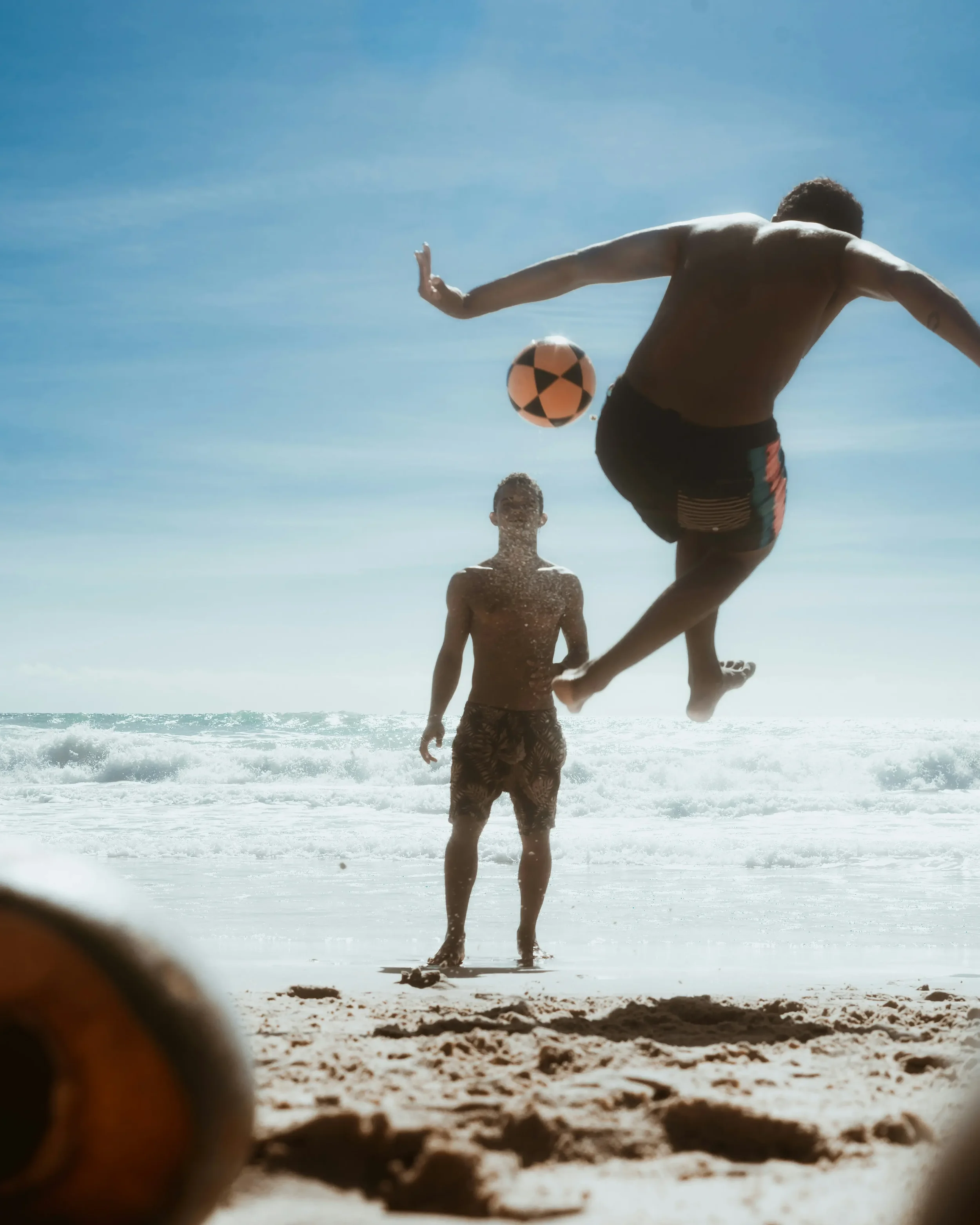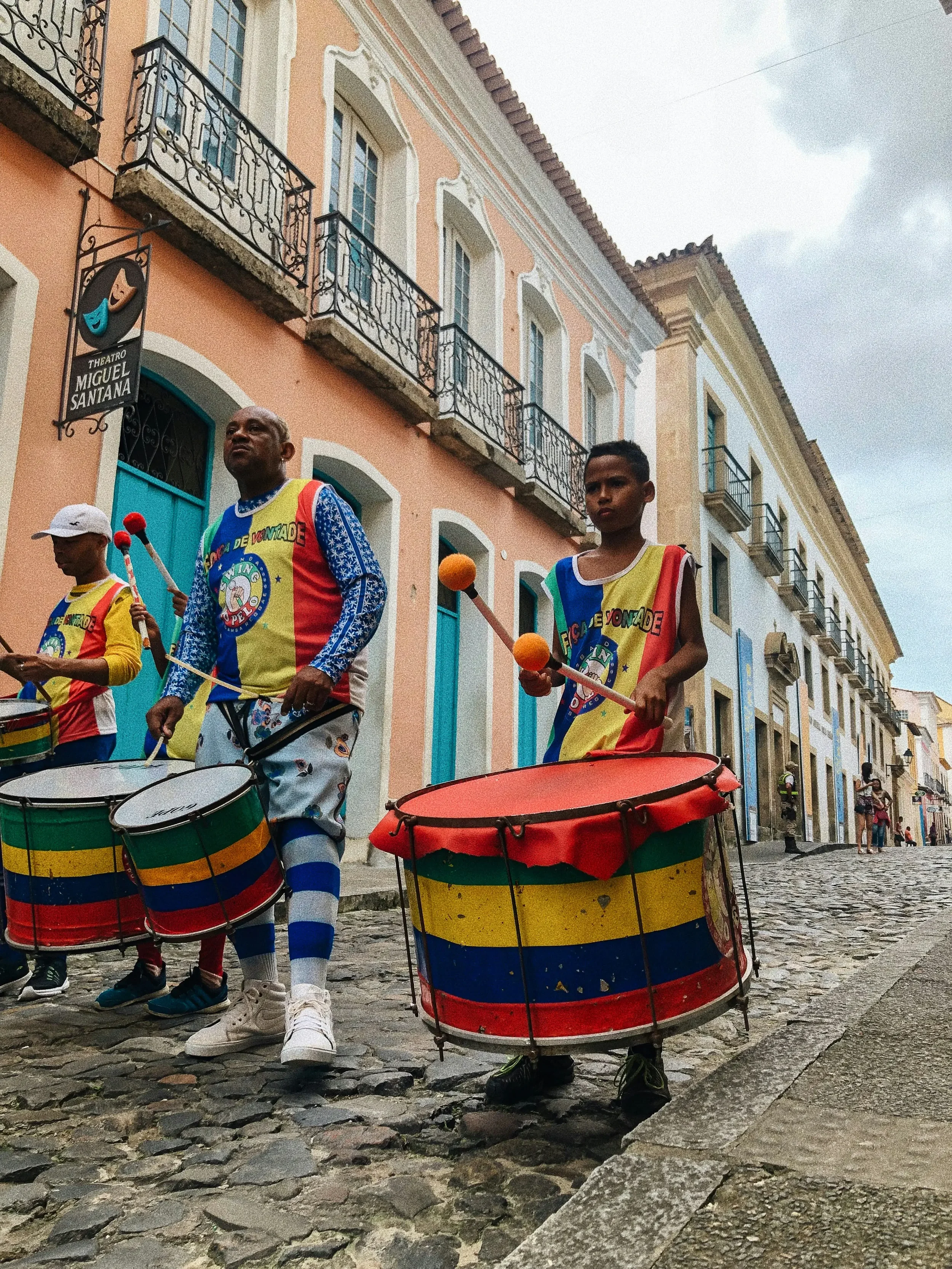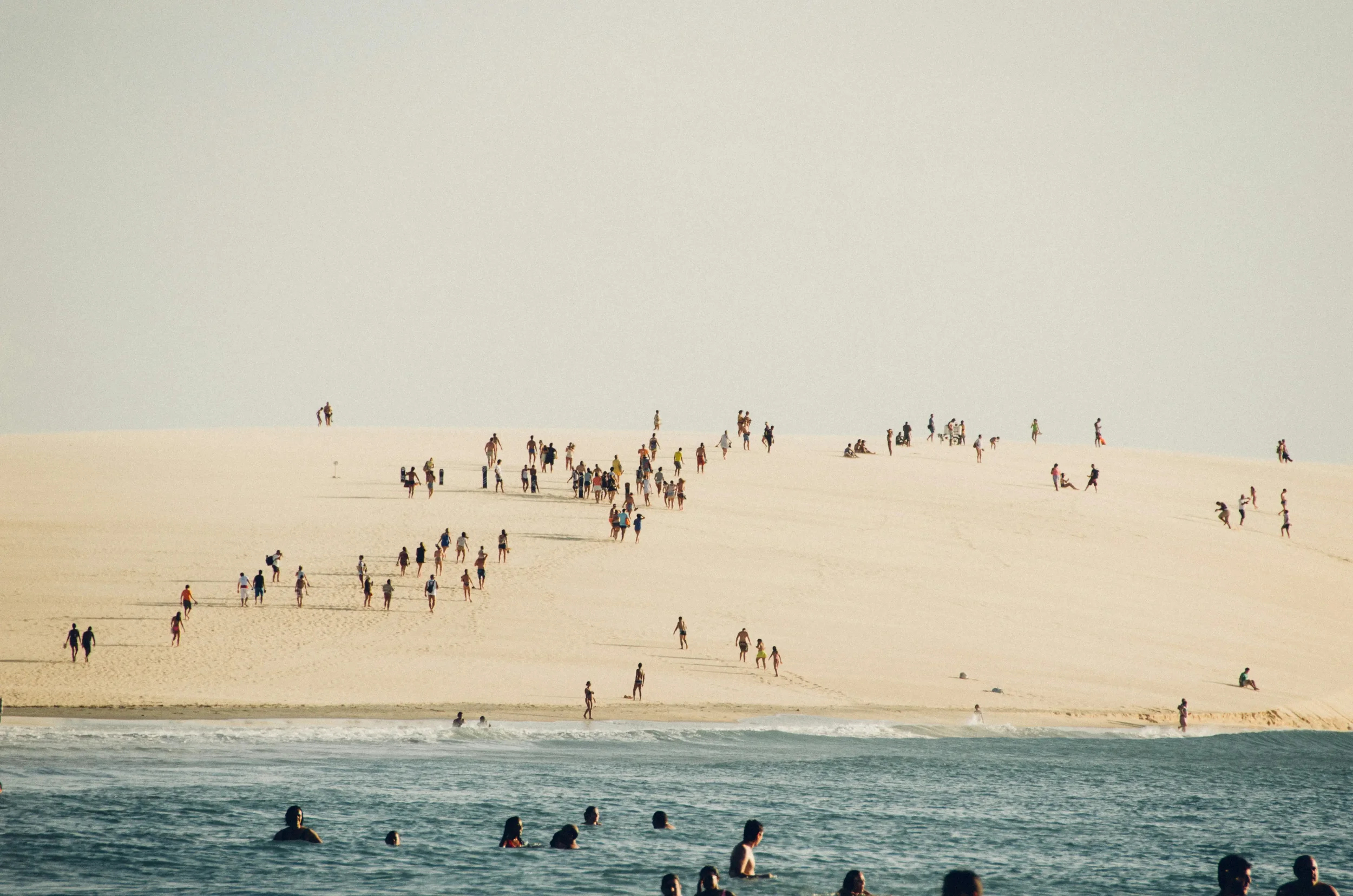BRAZIL
-
Brazil is the largest country in South America., stretching from the edge of the Amazon to the crashing Atlantic surf, and somehow manages to be wild, loud, laid-back and breathtaking all at once. Most travelers start in Rio de Janeiro, soaking in the views from Christ the Redeemer, sipping coconut water on Copacabana or Ipanema, or catching the chaos and color of Carnival if the timing lines up.
From there, you could venture deep into the Amazon for jungle treks and river journeys, or head to the Pantanal, which is easier to navigate and one of the best places in the world for spotting wildlife. Down south, you’ll find European-flavored towns, gaucho culture and dramatic canyons in national parks such as Aparados da Serra. Whether you're drawn to samba-fueled cities, endless beaches, or nature at its rawest, Brazil promises an unforgettable journey.
-
Brazil's immense size means its climate varies significantly by region. Generally, it has a tropical climate, but distinct dry and wet seasons occur.
Overall Best Time to Visit: The Brazilian summer (December to March) is when the country truly comes alive, with vibrant beach scenes and the world-famous Carnival. However, it's also the hottest and most humid time, and popular spots can be crowded and more expensive. The shoulder seasons (April-May and September-October) often offer a good balance of pleasant weather and fewer crowds.
Regional Breakdown:
Southeastern Brazil (Rio de Janeiro, São Paulo):
Summer (December - March): Hot and humid, with temperatures often reaching 38°C (100°F). This is peak season for beaches and festivities like Carnival.
Autumn (March - June): Less rain, generally pleasant.
Winter (June - September): Mild temperatures, less humidity and generally dry. Nights can be chilly in some areas.
Spring (September - December): Varies by region, but generally less rain.
Amazon Rainforest:
Dry Season (June - December): Hot and sunny, with rivers receding and beaches reappearing. This is generally considered the best time for viewing wildlife as animals congregate near water sources.
Wet Season (December - May): Hot and humid with heavy downpours typically in the afternoons. While some trails might be closed, it offers opportunities for canoe explorations through flooded forests and unique wildlife sightings.
Pantanal:
Dry Season (April/May - October): Best time for spotting wildlife as animals gather around shrinking waterholes. Temperatures cool down significantly.
Wet Season (December - March): Very hot, with temperatures reaching 40°C (104°F). High humidity and heavy rains make some areas less accessible, but it's a good time for birdwatching and exploring by boat.
Northeast Coast (Bahia, Pernambuco):
Year-round: Generally warm with pleasant ocean breezes. Temperatures vary between 25°C-35°C (77°F-95°F). Short showers can occur during the “winter” months (June-July) but rarely disrupt travel plans.
Southern Brazil (Iguaçu Falls, Florianópolis):
Summer (December - February): Falls are at their fullest but also the busiest.
Dry Season (June onwards): Good for clear skies and hiking trails around Iguaçu. Winters (June - September) can be colder, especially in the highlands, with some businesses in coastal areas like Florianópolis closing for the season.
Important Tip: Always be prepared for localized variations and sudden changes in weather, especially during the rainy season.
-
UK, EU & US passport holders:
Currently, citizens from the UK, EU, and US are generally visa-exempt for stays up to 90 days for tourism. However, visa policies can change, so it's always best to check the latest official information from the Brazilian Ministry of Foreign Affairs or your country's Brazilian Embassy/Consulate before your trip.
Important Notes:
Passport Validity: Your passport must be valid for at least 6 months beyond your intended departure date and have at least two blank pages.
Proof of Onward Travel: You may be asked for proof of onward travel (e.g., flight tickets) and proof of sufficient funds for your stay.
Extension: It is possible to request an extension of your stay while in Brazil, typically up to a maximum total stay of 180 days per year. This must be done in person at a Federal Police office before your initial visa/entry stamp expires. Extensions are not guaranteed and are reviewed on a case-by-case basis.
Overstay Fines: Overstaying your permitted time can result in daily fines and may affect your ability to re-enter Brazil in the future.
-
Currency: Brazilian Real (BRL)
Cash is important, especially outside major cities. While cards are widely accepted in urban areas, smaller establishments, street vendors and some local tours might prefer cash.
Best way to access money:
Travel Cards: Use a fee-free travel card like Revolut, Wise or Monzo for competitive exchange rates and lower ATM fees.
ATMs: ATMs are common, but they often have low withdrawal limits and may charge fees from both the local bank and your home bank. Some banks like Banco do Brasil or Bradesco might have lower fees. It's advisable to withdraw larger amounts less frequently to minimize transaction costs.
Exchange Houses (Casas de Câmbio): You can exchange foreign currency at official exchange houses, especially in larger cities. Avoid exchanging large amounts at airports, as rates are typically less favorable.
Typical daily backpacker budget: R$150-R$300/day ($30-$60 USD) – This can cover budget hostel dorms, street food or local restaurants (prato feito), public transport, and some basic activities. If you plan on more excursions, eating out frequently or staying in private rooms, your budget will increase significantly.
Tips:
Prato Feito (PF): Look for prato feito or executivo for affordable and filling lunch options at local restaurants. These usually include rice, beans, a protein and salad.
Street Food: Embrace the diverse and delicious street food for budget-friendly meals.
Public Transport: Use the extensive bus networks and metro systems in major cities. In some cities, app-based moto-taxis (like Uber or 99) can be very cheap.
Bargain: Politeness goes a long way when bargaining in the markets, but it's not common to bargain in fixed-price stores.
Carry small bills: Change can be difficult to come by, especially in smaller towns or for small purchases.
Main Destinations

